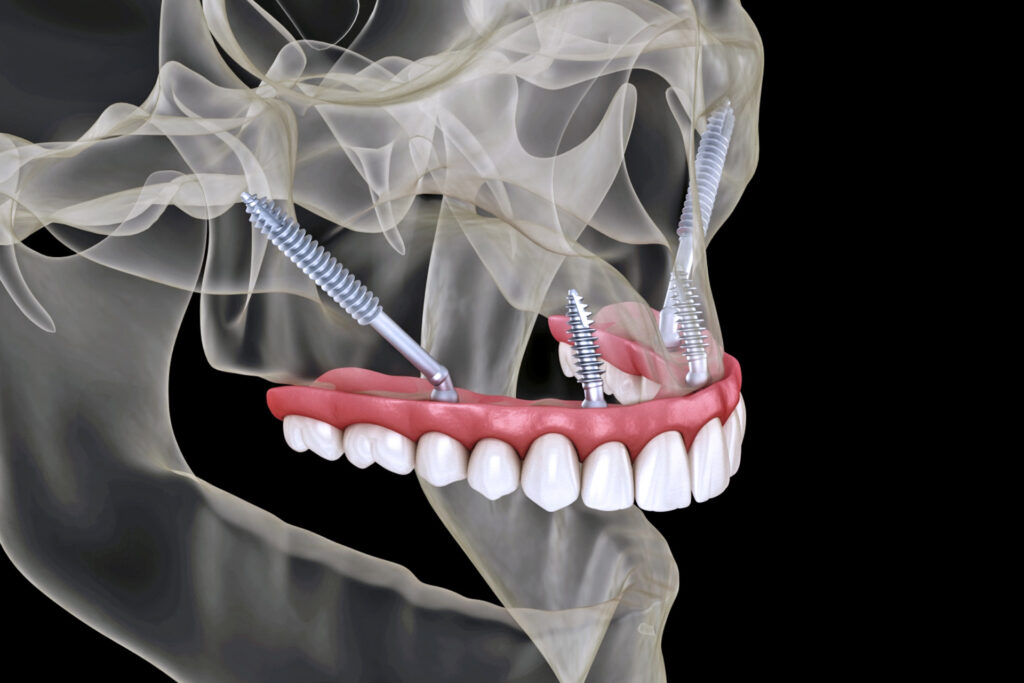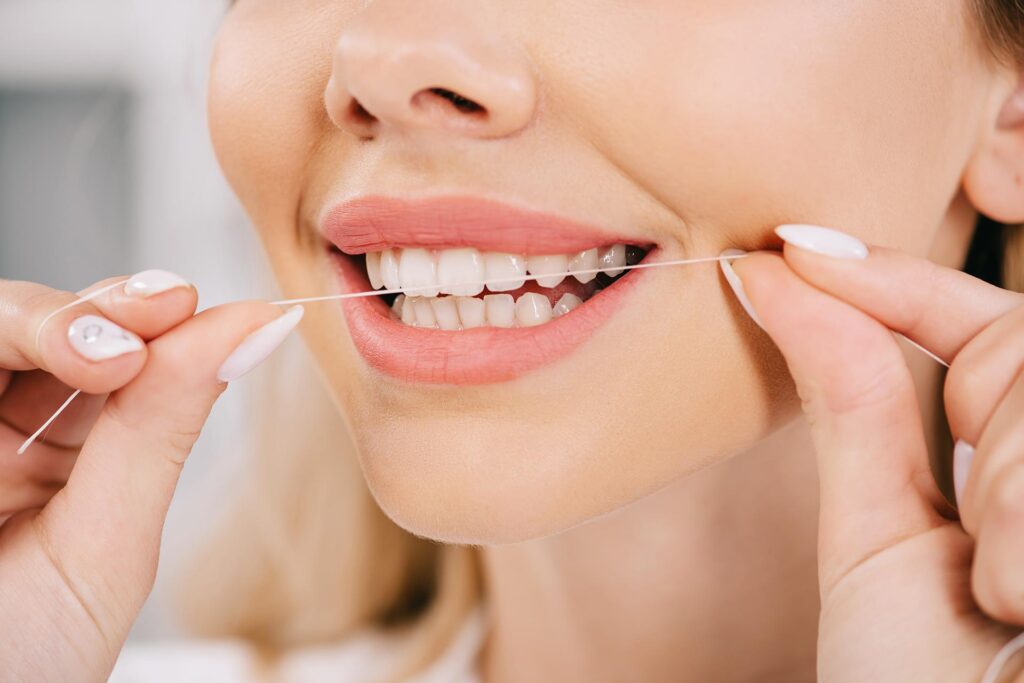
Tartar removal is one of the most common procedures performed for dental health. However, there are some misconceptions about this procedure in society. One of the most common beliefs is that tartar removal weakens teeth. Scientifically, there is no truth to this claim.
Tartar forms when plaque hardens over time and is referred to as “calculus.” The surface of tartar has a rough texture that allows bacteria to easily adhere to it. This situation paves the way for periodontal problems such as gingivitis, gum recession, and bone loss in the long term. Over time, tartar disrupts the natural connection between the tooth and gum, negatively affecting the tooth’s supporting tissues. Therefore, regular cleaning is crucial in controlling this process.
In some cases, temporary sensitivity in the teeth or changes in the spaces between the teeth may be felt after tartar removal. This is because tartar has filled the spaces between the teeth over time, and when it is removed, the true shape of the teeth becomes visible. This is not a side effect of the cleaning process but rather the restoration of the tooth’s natural anatomy. Therefore, this change does not mean that the tooth has weakened.
Additionally, tartar formation can vary from person to person. Oral biochemistry, saliva composition, diet, breathing habits (especially mouth breathing), and medications can influence this process. Tartar buildup is most commonly seen on the back surfaces of the lower front teeth, as this area is closest to the exit points of the salivary glands. This is a natural factor that accelerates its formation.
Tartar cannot be removed at home by brushing or flossing. Therefore, professional cleaning is required. This procedure, performed with ultrasonic devices or manual hand tools, is planned in a way that does not damage the tooth surface. On the contrary, this cleaning procedure removes bacteria and toxins from the tooth surface, ensuring that the tissues remain healthy in the long term.
Another topic of discussion is tooth loosening after cleaning. If there has been bone loss in the tooth beforehand and tartar has surrounded this area, some movement may be felt in the teeth after the tartar is removed. This is not due to the tartar supporting the tooth, but rather the underlying issue being detected late.
Effective brushing techniques, electric toothbrushes, interdental brushes, oral irrigators (Waterpik), and products that prevent dry mouth can be beneficial in protecting against tartar. Carbohydrate-heavy diets, insufficient water consumption, and medications that reduce saliva flow can accelerate this formation.





